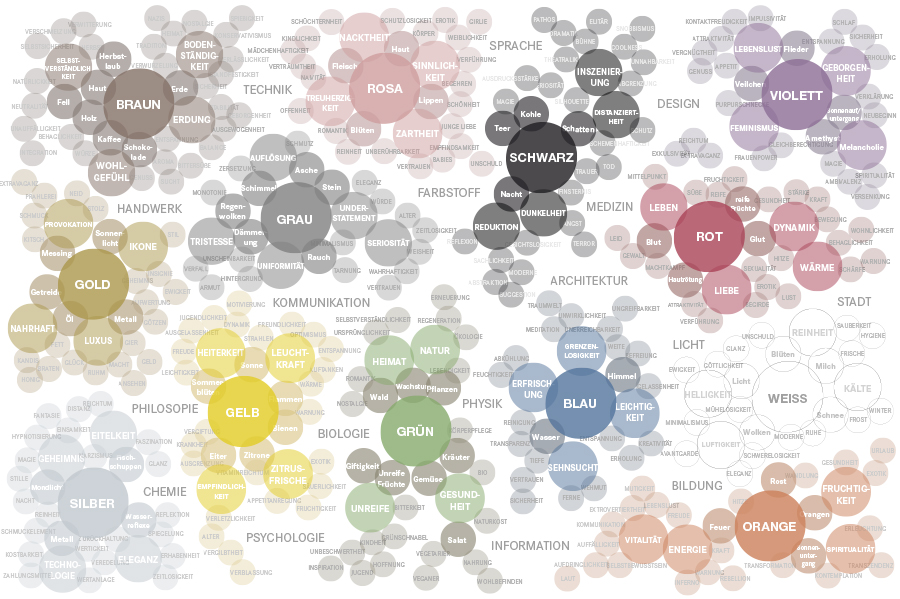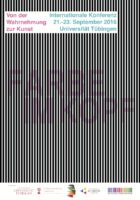Rationale for the symposium
Color vision is a prevalent sensory modality in modern society. We use color to communicate messages (“red means stop”), to highlight selected information, to denote the national identity (the colors in each country’s flag), and to enhance the salience of otherwise unnoticed information. It has a powerful role in grouping, which is why subway maps are often shown in color and virtually impossible to use when printed in grey scale. Color is abundant in nature and is used by animals to discriminate between ripe and unripe fruits or vegetables, edible versus nonedible foods, as well as between seasonal changes in foliage. We learn to associate certain colors with other sensory modalities, such as red with hot and blue with cold. Color also plays an important role in aesthetic appreciation. It is essential for pictorial works of art, architecture, design, cosmetics and fashion. The scientific understanding of color vision goes back to the work of Sir Isaac Newton who made important observations about the nature of light and the realization that the proper understanding of color is in the constitution of the nervous system. In the 19th century, Hermann von Helmholtz suggested that different receptors in the eye were needed to differentiate between spectral colors. Working independently, Ewald Hering (1872) put forth the idea that color is encoded in an antagonistic fashion with the opponent axes green and red, yellow and blue, as well as white and black. He proposed that these processes are antagonistic over space and time, in agreement with the earlier work of the French chemist Michel Eugene Chevreul (1839) who studied how the appearance of colored surfaces is altered by simultaneous viewing of another colored surface. Modern vision science has deepened our understanding of color vision. This symposium will bring together experts in color vision to discuss current theories of color and known phenomena related to color vision, including the underlying retinal and brain processes. These experts have been invited to present their results in a manner that is understandable to an educated audience, who have little or no specialized knowledge about color vision. Our interdisciplinary approach will unite researchers from neuroscience, ophthalmology, vision and color science, cognitive psychology, art history and philosophy.
Abstract Lecure Axel Buether
In the first step of our psychological experiment about 500 participants explored and documented the effects of 13 “psychological primary colors” (Berlin and Kay, 1969) over a period of 6 years. Subsequently more than 1 million images were systematically evaluated.
The aim of the study was to show our everyday knowledge about colors and to find a form of visualization for the complex effects of colors on our experience and behavior.
Organizers:
Mark Greenlee, John S. Werner, Christoph Wagner
Dates:
September 19 – 21, 2016
Venue:
University of Regensburg
Monday, September 19th – Audimax –
Tuesday and Wednesday, September 20th and 21st – Vielberth Building, Lecture theater H24 and Foyer
[download id=“44″]



